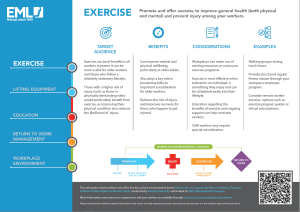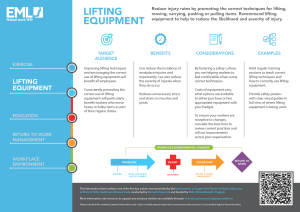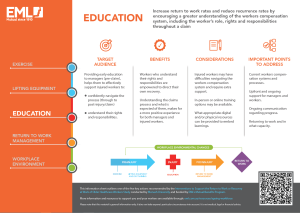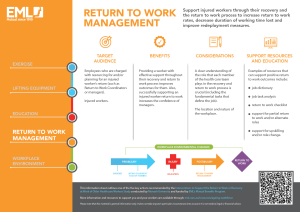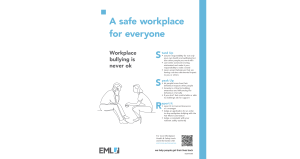With Australia’s ageing population, the need for experienced healthcare workers is increasing and yet a considerable proportion of the healthcare workforce is nearing retirement. The health and social care sector is also a major source of work-related injury and illness and unfortunately, it appears that older workers generally take longer to return to work after an injury.
'The healthcare workforce is one of the most rapidly ageing workforces in Australia. Combined with the unique nature of some healthcare occupations, this presents a challenge for prevention and rehabilitation.' Page 9 Ageing Workforce Project Final Report
The Interventions to Support the Return to Work or Recovery at Work of Older Healthcare Workers Study conducted by the Healthy Working Lives Research Group at Monash University and funded by our Mutual Benefits Program was tasked with investigating why with increasing age there is a noticeable reduction in return to work rates of injured healthcare workers.
What the study found
Some of the key findings of the study included:
- A higher incidence of time loss claims and a higher burden of injury among both nurses and other healthcare workers in comparison to non-healthcare workers, with nurses having the highest incidence and burden for all age groups.
- For ages 45 to 64, those with musculoskeletal conditions and fractures commonly had higher odds of not working and return to work relapse.
- The 50-59 year age group consistently had higher odds of poorer work outcomes.
- It seems that no or delayed return to work is most prevalent among nurses, yet the pattern seems to occur across all workers in the healthcare industry (both medical and non-medical staff).
- There are a number of workplace, healthcare and personal factors that likely affect a worker’s return-to-work, either on their own or in conjunction with others.
You can read the full report here.
Supporting employers facing the unique challenges of an ageing workforce
To effectively prevent work-related injuries, better support injured workers, improve return to work outcomes and improve the wellbeing and health of all staff, the study recommended that employers provide a range of interventions at different points before, during and after a workplace injury.
The feedback received from the workshop participants combined with the key findings from the literature review and data analysis, enabled the Monash University research team to map out these five key interventions:
- exercise (pre-injury)
- lifting equipment and/or training (pre-injury)
- claim specific education (when an injury has occurred)
- return to work management (post injury)
- workplace environmental changes (all stages)
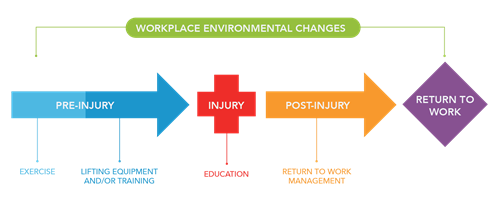
Employer resources
To help employers implement these five interventions successfully in their workplaces, we have designed a series of easy to read A4 information sheets which you can download below.
The aim of these worksheets is to provide guidance for each of the five elements including information on:
- target audience – which particular group of employees would most benefit from the intervention
- benefits – what benefits can be gained by the intervention
- considerations – what to take into account when planning and executing
- examples – ideas on what programs or initiatives you can do in your workplace
- a QR code linking to our Ageing Workforce collection – for more information, tools and articles
- a graphic highlighting how the interventions fit in before, during and after a workplace accident
Individual information sheets:
For more information and resources, you may like to visit our Ageing Workforce collection or contact your EML Account Manager.
